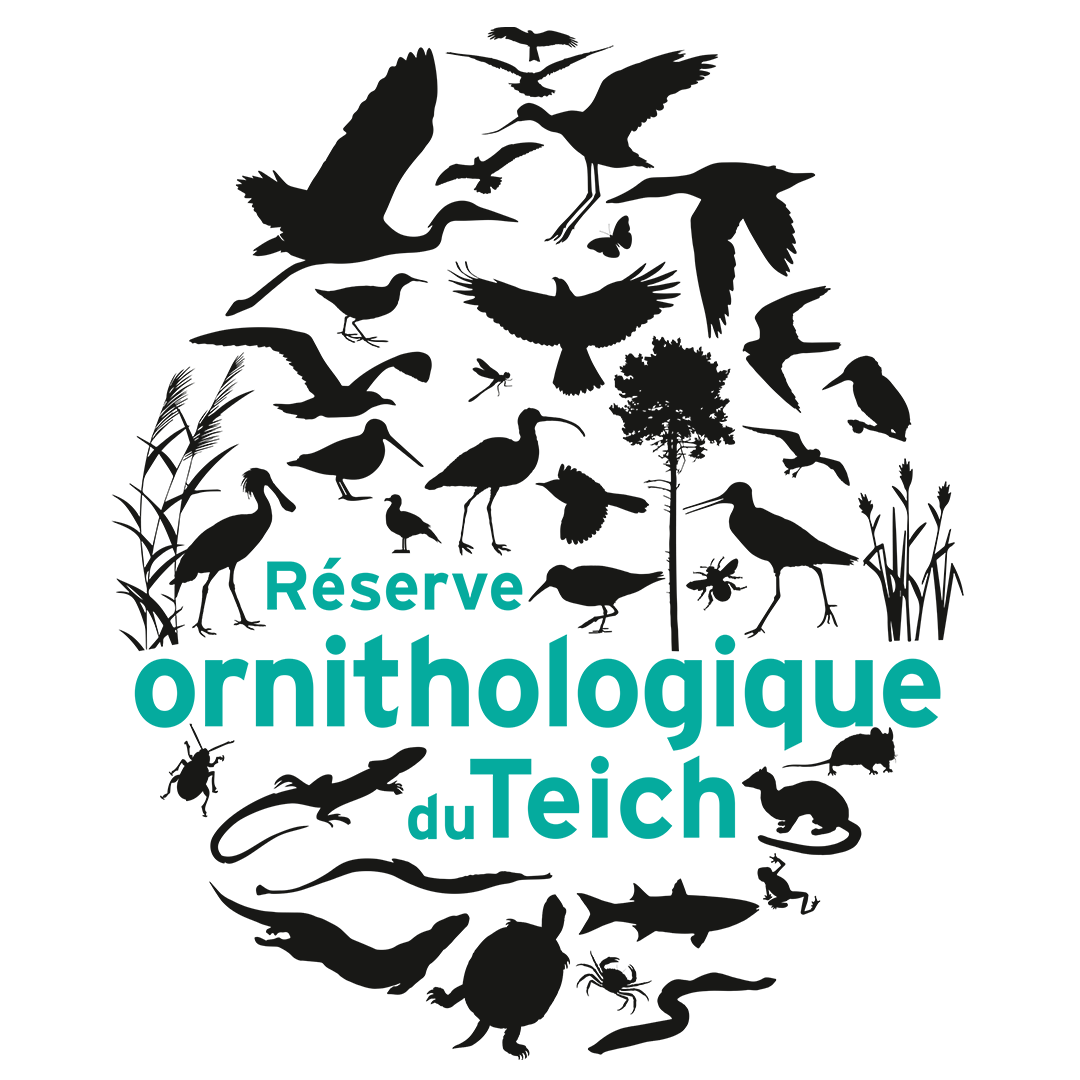Three main types of natural habitat can be seen in the reserve. These different habitats are to be found side-by-side; sometimes gradually merging together. The presence of water is a constant – it covers more than 75% of the reserve’s surface area.
AREAS OF WATER
Three types of lanscapes
Water everywhere
These areas tend to be largely composed of open water. These shallow and very brackish aquatic habitats are characterized by a scattering of low-growing vegetation which has adapted to this environment (‘salicornia’ or salt-tolerant plants), presenting visitors with a very open, somewhat bleak landscape. Here, as in the saltmarshes, there is no escape from the sun and the heat of the summer-time.
MARSHLAND
Brackish water
This is usually of the ‘saltmarsh’ variety, in other words, shaped by the presence of saltwater. An interlocking series of large basins fringed with vegetation run the entire length of the path.
Freshwater
Some areas of marsh, ponds and other bodies of freshwater are also dotted here and there throughout the reserve, all playing host to their own particular range of fauna andflora.
WOODED AREAS
Natural and artificial
Both deliberately planted (old pine plantations) and naturally-occurring wooded areas cover the entire southern edge of the reserve.
Wild
Thepedunculate oak and the grey willow are the most locally widespread species, depending on how moist the soil is. These wooded areas are left to develop naturally rather than being managed in any way. This ensures that this habitat looks natural and unspoilt and is partly responsible for their biodiversity.
Shadow
On hot days, the trees’ shade helps keep visitors cool as they stroll along the pathways.
